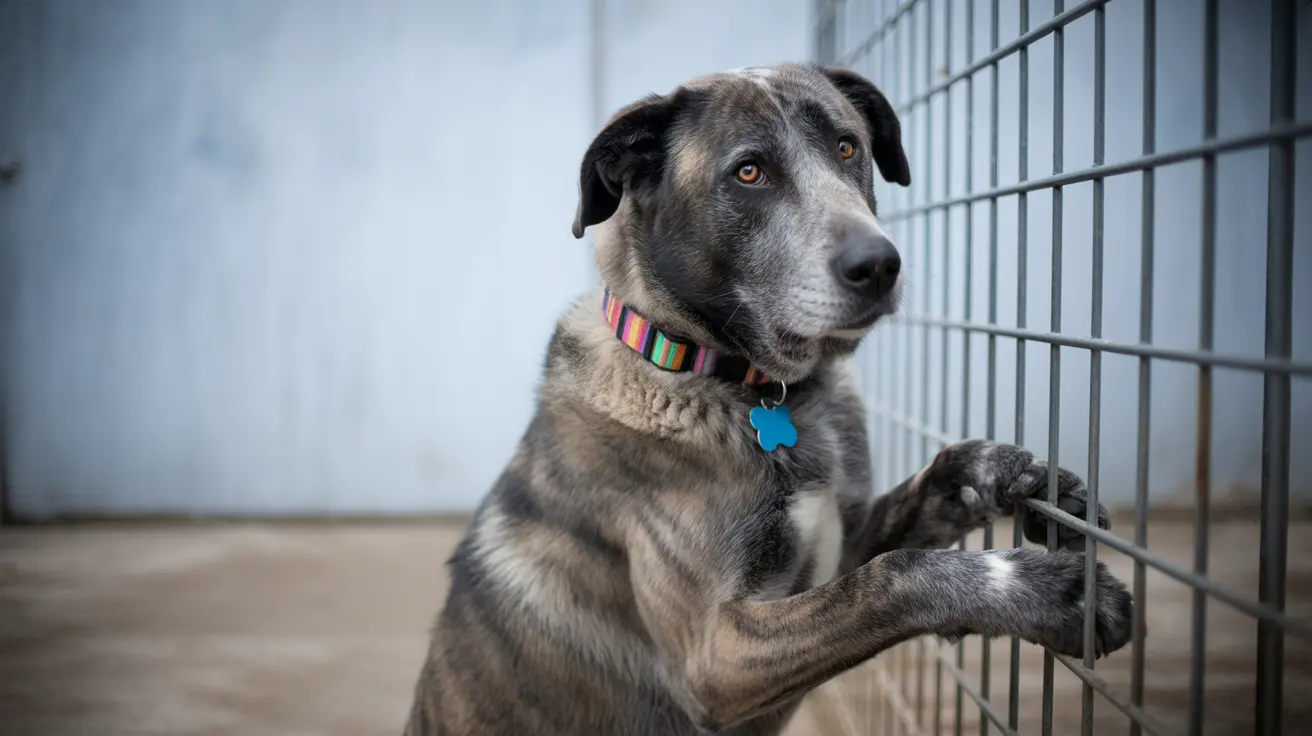Choosing Between AirTag and GPS Trackers for Dogs
When it comes to ensuring your dog's safety and location tracking, pet owners often weigh the benefits of using an Apple AirTag versus a dedicated GPS dog tracker. Each has its own set of capabilities and limitations, but they serve very different purposes.
Understanding the Technologies
AirTags function based on Bluetooth technology, connecting to nearby Apple devices in the Find My network.
GPS dog trackers, on the other hand, use satellite positioning and often require cellular coverage to transmit the data to a mobile app in real time. Here's how they compare:
- AirTag: Best for small-range tracking; depends on nearby Apple devices.
- GPS Tracker: Provides real-time tracking using satellites and often cellular data.
AirTag Limitations for Dog Tracking
While AirTags are effective at locating personal items like keys or wallets, using them for dogs comes with notable drawbacks:
- Short range: Relies on Bluetooth and nearby Apple devices to report location. In rural or low-density areas, tracking becomes ineffective.
- No GPS functionality: Locations are based on proximity to other Apple devices, not satellites.
- No real-time updates: Unlike GPS trackers, AirTags don’t offer consistent, live location tracking.
- No pet-specific features: Lacks health, activity monitoring or geo-fencing capabilities.
Advantages of GPS Dog Trackers
GPS trackers are purpose-built for locating pets and provide advanced tracking features. Benefits include:
- Live GPS tracking: Delivers real-time location updates with high accuracy.
- Long-range capability: Able to track pets over miles, especially with cell-connected or direct radio models.
- Geo-fencing: Set up virtual zones and receive alerts if your dog leaves the safe area.
- Activity monitoring: Tracks steps, movement durations, and sometimes health metrics.
Types of GPS Dog Trackers
There are various tracker types based on connectivity and purpose:
- Cellular-based GPS trackers (e.g., Tractive, PitPat): Offer mobile app integration, tracking history, and require a subscription.
- Direct radio trackers (e.g., Aorkuler, Garmin Alpha): Ideal for remote or off-grid areas. No subscription needed.
- RF trackers: Short-range devices that use radio frequency to estimate proximity without GPS positioning.
- Bluetooth trackers (AirTag): Useful only within 100m; inadequate for pet tracking unless indoors or in urban areas.
- Data loggers: Store GPS data for later retrieval; no real-time tracking.
Subscription vs. No-Subscription Options
Most real-time GPS trackers require a subscription to cover mobile data costs. However, some models like the
Aorkuler Dog GPS Tracker 2 and
Garmin Alpha 200i operate via a direct radio link and do not depend on cellular networks or subscriptions.
Subscription Benefits:
- Reliable real-time tracking
- User-friendly app interfaces
- Location history and health tracking features
No-Subscription Benefits:
- No recurring costs
- Works in rural/no-signal areas
- Good for professional or outdoor use
When AirTag Might Be Sufficient
If your dog is always indoors or within a confined yard in an urban setting, an AirTag might suffice purely to locate your dog via Bluetooth. However, tracking is limited once your pet escapes beyond the range of your household or nearby iPhones.
Recommendations
To choose the best option, consider your typical environment and your dog’s behavior:
- Urban/Suburban Areas: A cellular GPS tracker like PitPat or Tractive is ideal due to reliable phone signal and robust features.
- Rural/Remote Locations: Opt for a direct radio GPS tracker like the Garmin Alpha; no cell network dependency.
- Close Proximity Tracking Only: AirTags may help indoors but are not suitable for outdoor or runaway scenarios.
Conclusion
While AirTags are an inexpensive alternative, they lack the accuracy, range, and reliability needed to track a dog effectively—especially in emergencies or escape situations. GPS dog trackers provide real-time data, safety features, and peace of mind, making them the superior choice for pet owners serious about their dog's safety.





